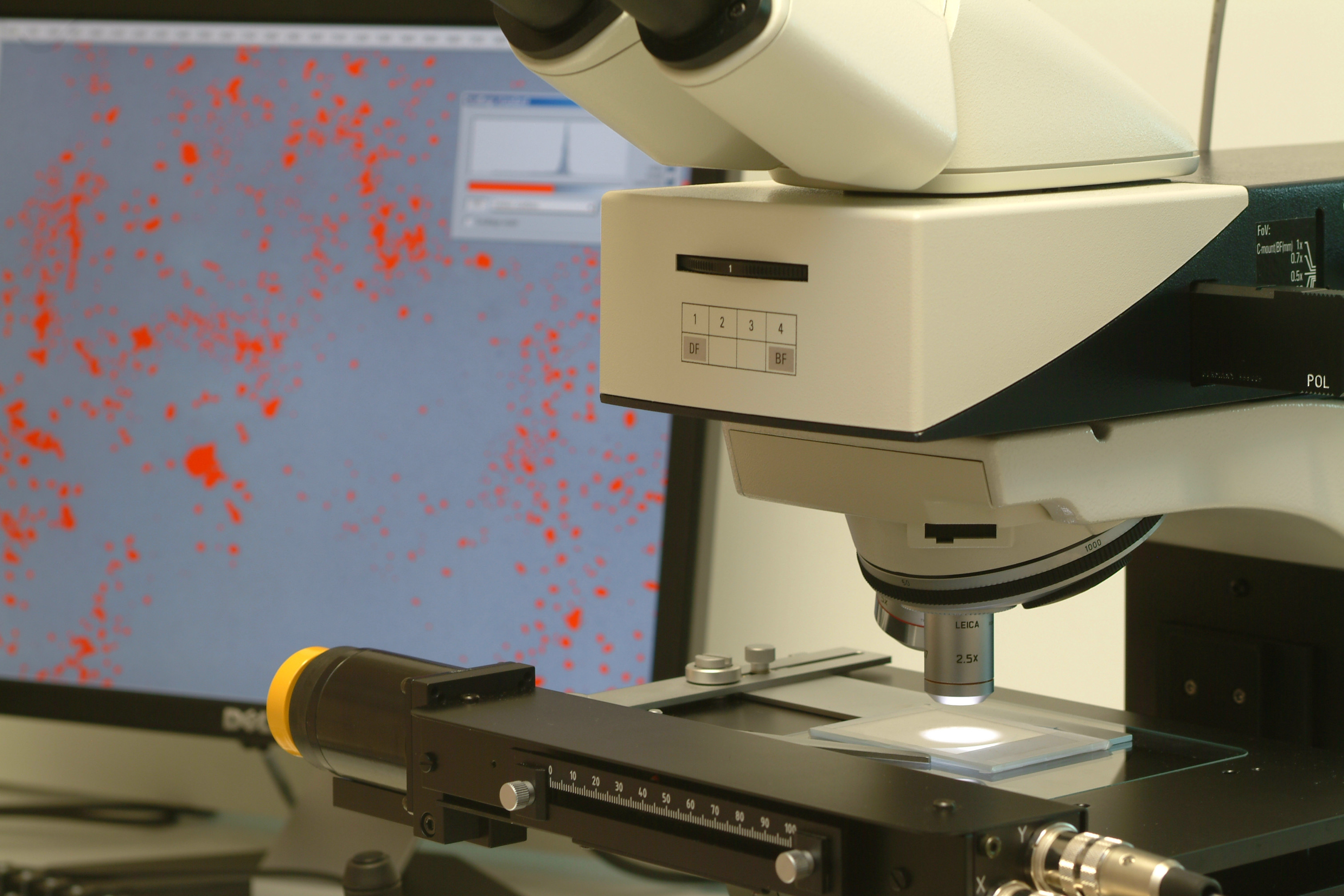Mecatheque
Results of collective works

Calculations and improvements in cleanliness measurement uncertainties. Granulometry section: theoretical studies and interlaboratory tests
The cleanliness measurement consists of extracting particles from the surface of a component to be analysed, in order to then quantify these particles. To quantify the particles, the image analysis method is used most often. This method consists of performing a binarisation of an image in to the aim of separating pixels into two categories: those belonging to particles and those belonging to the filter membrane. The analysis software then detects the particles to count and size them. Since the items are microscopic, levels of cleanliness are often used for quantification, so that the non-uniformity of results (inherent in the dimension of what is measured) is taken into account. Generally, the results are not considered to be significantly different if they are within the same cleanliness level. The extent of these cleanliness levels increases with an increase in number of particles. The purpose of this document (9Q399) is therefore to provide industrial laboratories with good practices allowing them to obtain reproducible results i.e. within the same or neighbour cleanliness level.
Author : Cathy MATOS DA SILVA, Cetim
Updated 09/24/2020



Reserved content
to members
9Q399 - Calculations and improvements in cleanliness measurement uncertainties. Granulometry section: theoretical studies and interlaboratory tests








